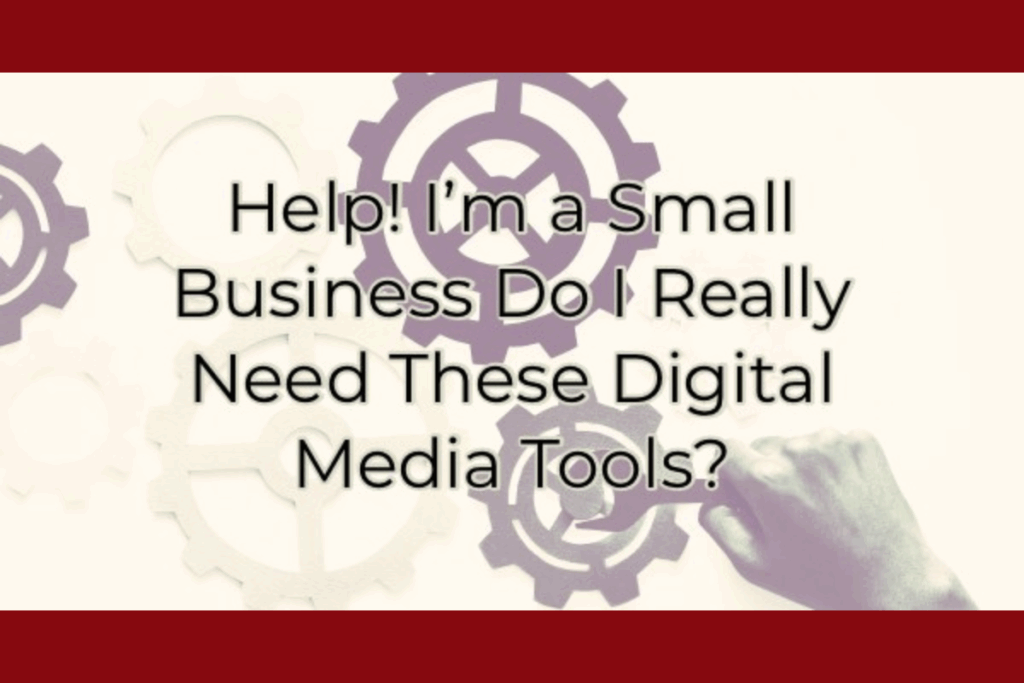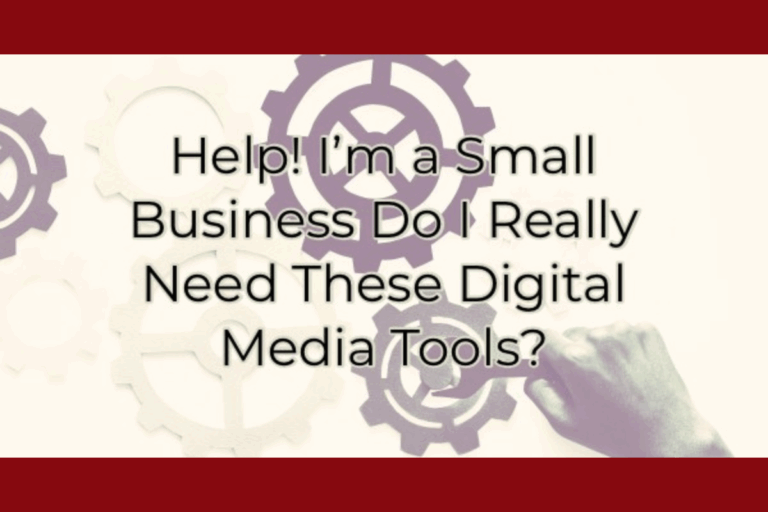The Digital Dilemma: Necessity or Nuisance?
A marketing professional who works closely with small businesses often notices when digital tool recommendations aren’t fully connecting. For some owners, hesitation appears as soon as increasing social media presence is mentioned. For others, skepticism surfaces when talk turns to more advanced technologies, like maintaining an email list. Some small business owners simply nod at the suggestions, while others directly ask, “Do I really need these things?” Many entrepreneurs likely share these feelings.
This hesitation is understandable. Time is already at a premium. Yet just as a business would never ignore a ringing phone, digital tools have become today’s version of answering a customer’s call. Where once people reached out through traditional channels, they may now prefer interacting through social media. Businesses need to be ready and responsive on these platforms.
With time being so precious, it’s important to consider which digital tools are essential in today’s business climate and which are more optional. This article divides digital tools into “musts,” “maybes,” and “skips.” However, every business should consider its own demographic. What is a “skip” for one might be a “must” for another, depending on customer preferences. The categories are not set in stone, as a tool considered unnecessary today could become valuable as a target audience adopts it.
Social Media Platforms
Not long ago, some believed their target market wasn’t on social media. That’s now an increasingly rare stance. If a business’s ideal customers are online, they are likely engaged with social media. Building a social media presence is critical to brand and business growth.
Must: Facebook.
Maybe: Instagram (especially important for businesses with a visually-driven product or targeting an under-35 audience; this platform is becoming less optional).
Skip: Snapchat. Most businesses can pass on this platform unless their audience is primarily the youngest Millennials and Gen Z customers.
Content & Content Platforms
Search engines prioritize fresh content, so a business risks being overlooked without regular updates. But not every business needs the same type of content.
Must: A professional website. This is an owned space online, unlike social media profiles that can be altered, frozen, or disappear without warning. A central website ensures continuity and control.
Maybe: A blog. While some marketers make strong arguments for business blogs—especially for SEO—others note that if a business is already keeping its website current and actively posting on social media, a blog is less critical. That said, a blog can offer additional visibility and credibility if maintained regularly.
Skip: Case studies. While once popular, case studies are becoming less relevant as customer reviews and testimonials take center stage. Most audiences don’t invest the time to read lengthy, formal examples.
Lead Generation Tools
Many small businesses may not use the term “lead generation,” but tools that encourage customer engagement fall under this category.
Must: An email list. It’s vital to start collecting customer emails—even if that simply means writing them down at the sales counter. Building a list allows businesses to nurture relationships directly.
Maybe: Requesting website reviews. For some sectors (like hospitality or dining), requesting reviews is highly effective. For others, it can be awkward. In sensitive industries, business owners can ease the process by asking customers for feedback on how to improve services, then sharing that feedback (with permission) as testimonials.
Skip: Google retargeting. Retargeting can become expensive quickly, and is often less effective for businesses focused on local markets rather than broad ecommerce. Facebook Pixel or Facebook advertising might be better, as they are typically more affordable and allow for focused targeting.
Prioritizing Your Digital Efforts
It’s impossible for a small business to do everything. While most points listed are best practices, those identified as “skips” are logical starting points for scaling back. However, even if owners lack time to handle these tools themselves, it’s important to recognize that the digital landscape will only expand. If possible, businesses should consider delegating digital tasks to a virtual assistant or affordably outsourcing.
This list is designed for those navigating limitations in time and budget. However, if both resources are available, the potential benefits of implementing more digital tools should be carefully weighed before deciding not to pursue any option.
Taken from an article by Christina R. Green. Christina teaches chambers, associations, and small businesses how to connect through content. Her articles have appeared in the Midwest Society of Association Executives’ Magazine, NTEN.org, AssociationTech, and Socialfish. She is a regular guest blogger on at Frankjkenny.com and Event Managers Blog. Christina is just your average bookish writer on a quest to bring great storytelling to organizations everywhere.





